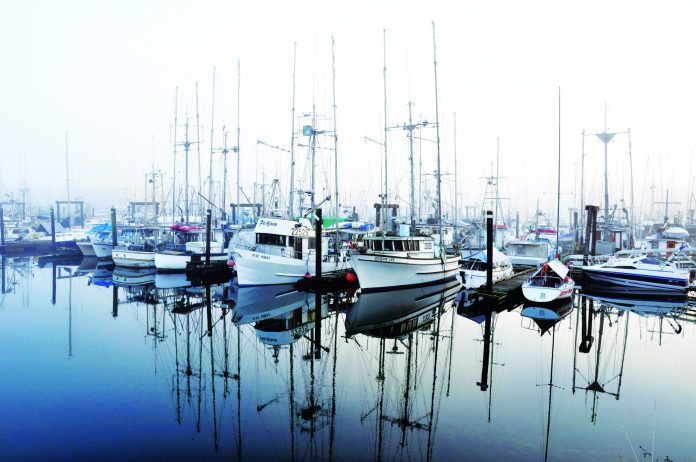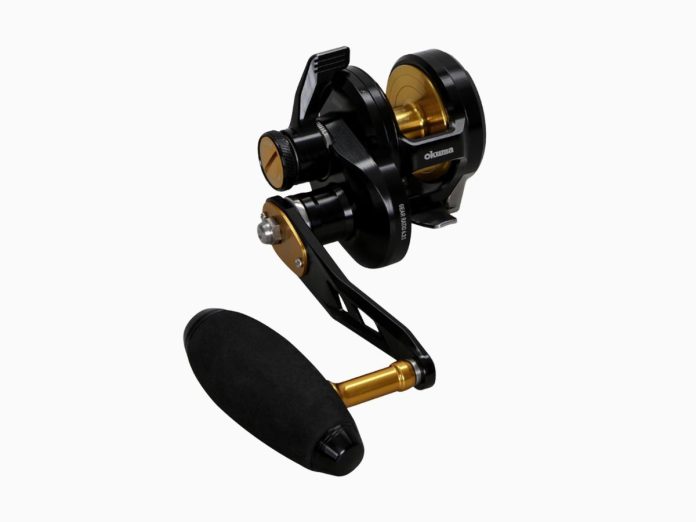Why antifoul matters
Hull fouling is relentless. Even after a few weeks afloat, slime and weed start to build, slowing your boat, stressing engines, and guzzling fuel. Barnacles can block intakes and pit propellers.
Antifoul is the barrier. But it’s not just about slapping on paint — proper prep and product choice make all the difference.
Get kitted out for prep
Before lifting a scraper, gear up. Antifoul dust and solvents are toxic. Burnsco stock disposable overalls, safety goggles, and nitrile gloves to keep your skin and eyes safe. A proper respirator is essential — Burnsco carries both a Spraying Kit and the 3M Paint Respirator, both designed for paint and dust protection.
For cleaning and protecting surfaces, have plenty of cotton rags and drop sheets on hand.
Stripping or sanding back
Start with a hull inspection. If old layers are smooth and bonded, a sand and recoat may be enough. If paint flakes or is thickly built up, a strip back saves headaches later.
For hand work, Burnsco’s Triangle Scraper or Heavy Duty Scraper get into corners and stubborn patches. A cork sanding block or orbital sander fitted with marine sanding discs will quickly key surfaces.
Always wear a respirator — even light sanding releases toxic dust.
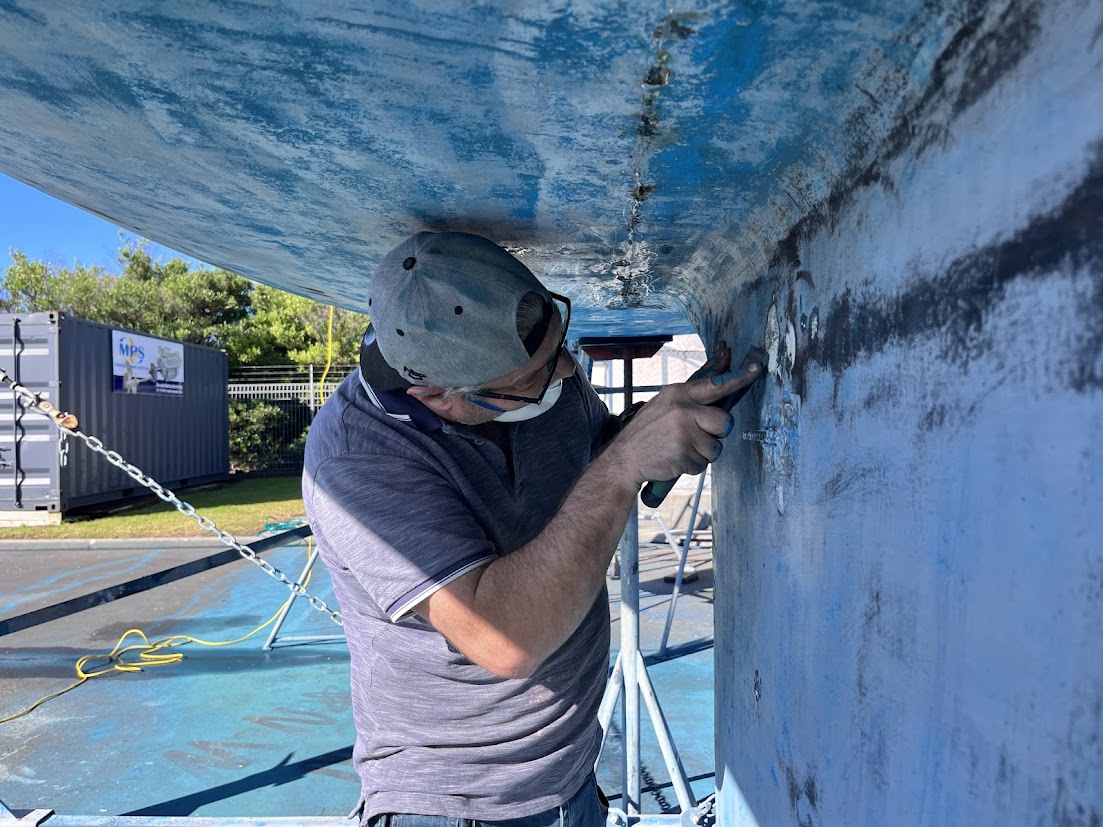
Cleaning and masking
Once fair, the hull needs a thorough clean. Degrease with Chemtech Bilge & Engine Cleaner or Simple Green Concentrate, then solvent-wipe with rags.
Mask carefully with marine-grade tape. A sharp waterline and neatly covered intakes save clean-up later.
Choosing the right antifoul
Antifoul isn’t one-size-fits-all.
- Hard antifoul like Altex No.5 suits fast powerboats and racing yachts. It resists abrasion and can be scrubbed mid-season.
- Ablative (self-polishing) paints such as International Micron Extra 2 are ideal for cruisers. The surface slowly wears, exposing fresh biocide.
- Eco-friendly blends are available for sensitive areas or where copper is restricted.
Where you berth matters too. A yacht moored in Whangārei will face heavier fouling than one in Otago.
Applying antifoul
Application is straightforward, but patience pays.
- Stir thoroughly — copper settles fast.
- Apply with short-nap rollers and use angled brushes for fittings.
- Use a paint tray with disposable liners, and a Burnsco stirrer to keep solids moving.
- Follow recommended film thickness and coat numbers.
Time your final coat so the boat can relaunch within the paint’s launch window. Too early or too late, and the biocide may not activate properly.
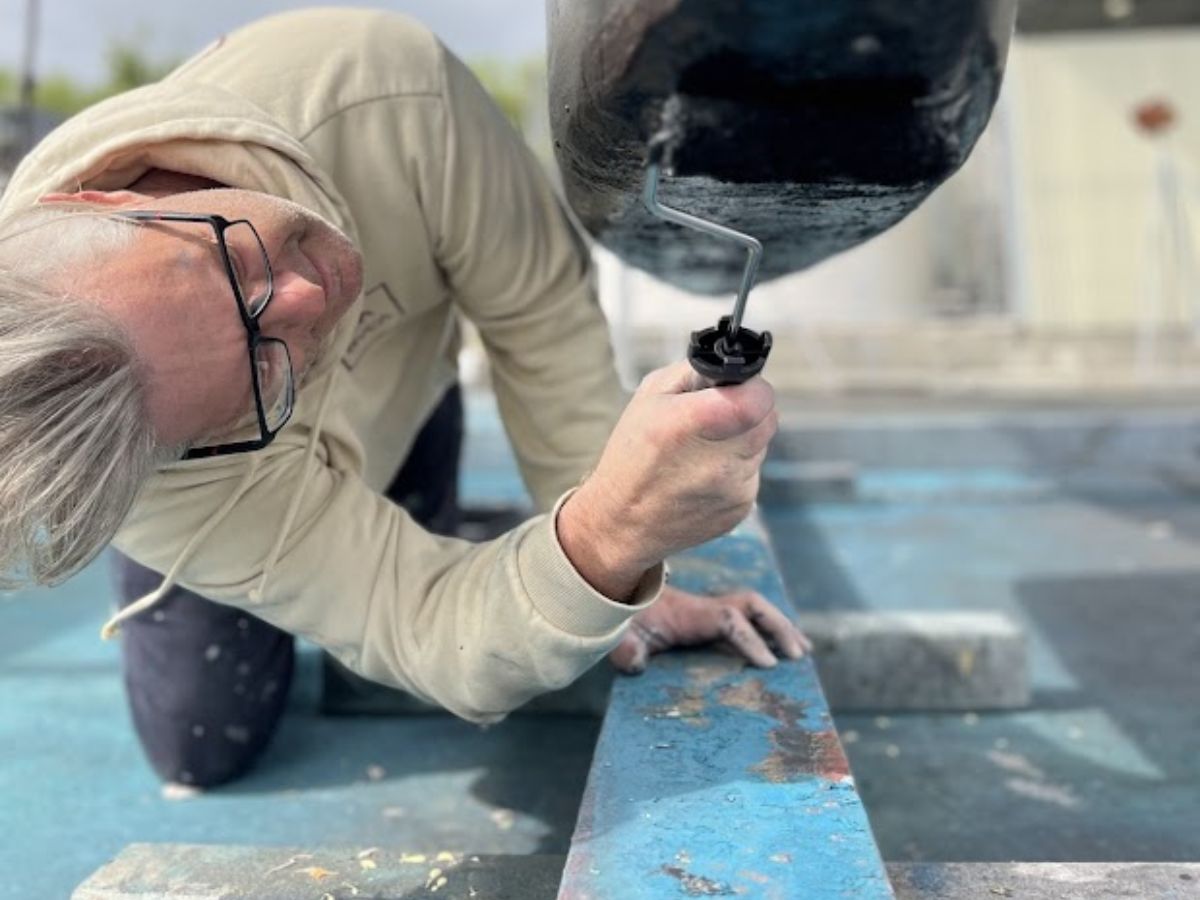
Props, shafts, and metals
Hull antifoul won’t protect props or shafts. These need dedicated systems. Propspeed kits are the industry gold standard, leaving a slick silicone barrier that fouling struggles to stick to.
For outdrives, saildrives, and struts, use metal primers before coating.
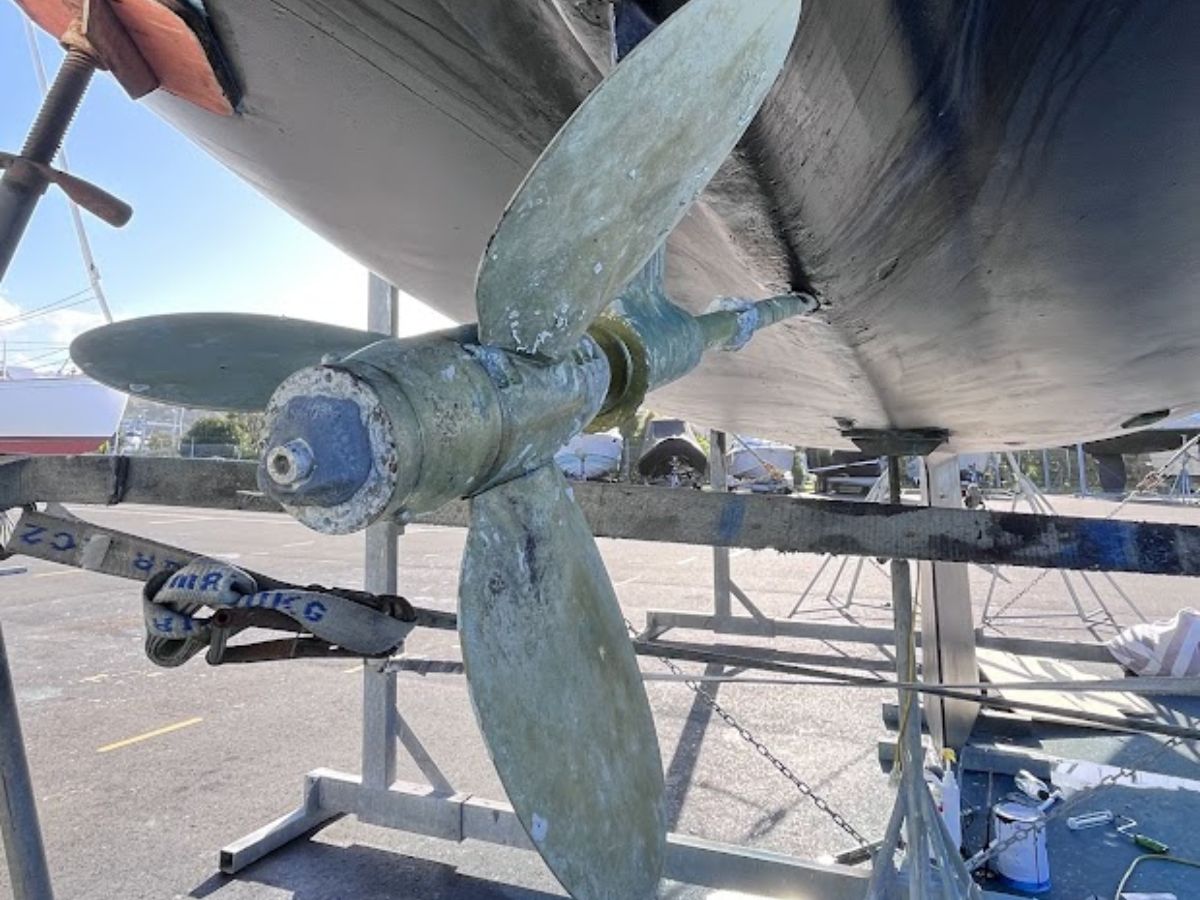
Mid-season maintenance
Even the best antifoul benefits from a quick scrub. A scour pad or plastic scraper makes short work of light slime when conditions allow. Biosecurity rules forbid scraping hard growth in-water — but wiping away slime before a trip is encouraged.
Record keeping and finishing touches
Once the job’s done, record product type, number of coats, and launch date in a maintenance logbook.
Topside, finish with a hull polish or wax to keep the boat looking sharp.
A job worth doing right
Antifoul and hull prep is a chore, but it’s the backbone of reliable boating. A clean hull is faster, cheaper to run, and better for our marine environment. Done right, with the right kit from Burnsco, it keeps your boat ready for the season and beyond.
Burnsco Top 5 antifoul & hull prep essentials
- Altex No.5 Hard Antifoul – proven multi-season protection for fast powerboats.
- International Micron Extra 2 Ablative Antifoul – self-polishing convenience for cruisers.
- Propspeed Kit – the trusted coating for clean props and shafts.
- 3M Paint Respirator Kit – professional PPE for safe application.
- Simple Green Concentrate Hull Cleaner – biodegradable cleaner for prep and wash-downs.











